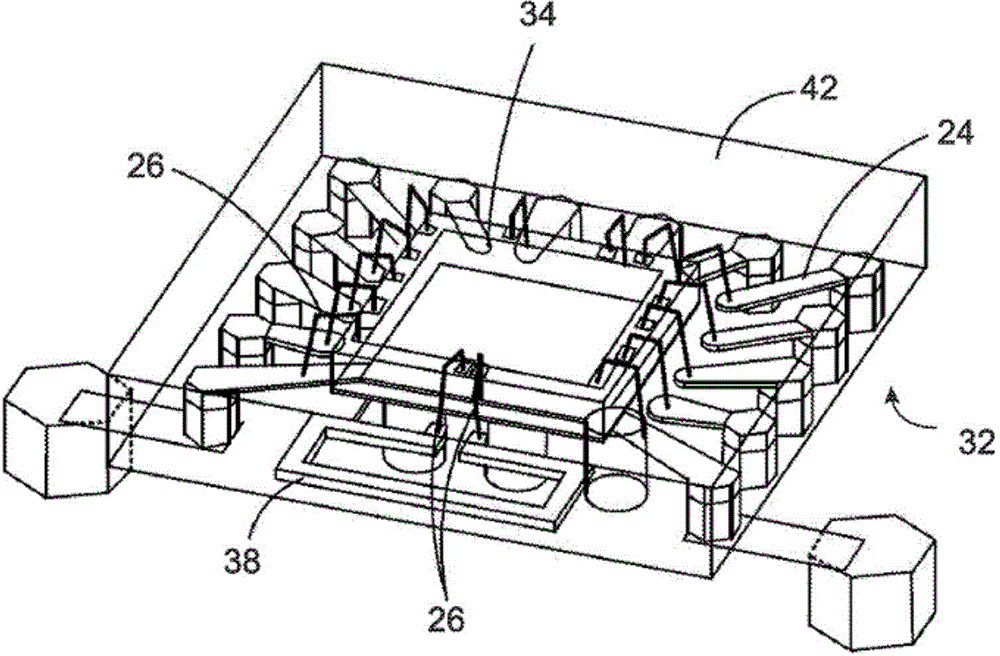Dielectric coupling systems for EHF communications
A dielectric, electromagnetic signal technology, applied in circuits, electrical components, waveguides, etc., to solve problems such as connection board interruption, signal quality or integrity degradation, and impact
- Summary
- Abstract
- Description
- Claims
- Application Information
AI Technical Summary
Problems solved by technology
Method used
Image
Examples
Embodiment Construction
[0034] In the following description, numerous specific details are set forth in order to provide a thorough understanding of the invention. Reference is made to specific embodiments of the disclosed subject matter, examples of which are shown in the accompanying drawings. While the disclosed subject matter will be described in conjunction with examples, it will be understood that there is no intention to limit the disclosed subject matter to only those specific embodiments. On the contrary, the disclosed subject matter is intended to cover alternatives, modifications and equivalents, which fall within the spirit and scope of the disclosed subject matter as defined by the appended claims. In other instances, well known process steps have not been described in detail to avoid unnecessarily obscuring the present disclosure.
[0035] Furthermore, in the following description, numerous specific details are set forth in order to provide a thorough understanding of the presently dis...
PUM
 Login to View More
Login to View More Abstract
Description
Claims
Application Information
 Login to View More
Login to View More - R&D
- Intellectual Property
- Life Sciences
- Materials
- Tech Scout
- Unparalleled Data Quality
- Higher Quality Content
- 60% Fewer Hallucinations
Browse by: Latest US Patents, China's latest patents, Technical Efficacy Thesaurus, Application Domain, Technology Topic, Popular Technical Reports.
© 2025 PatSnap. All rights reserved.Legal|Privacy policy|Modern Slavery Act Transparency Statement|Sitemap|About US| Contact US: help@patsnap.com



